Exposure to Japanese radiation seen as negligible
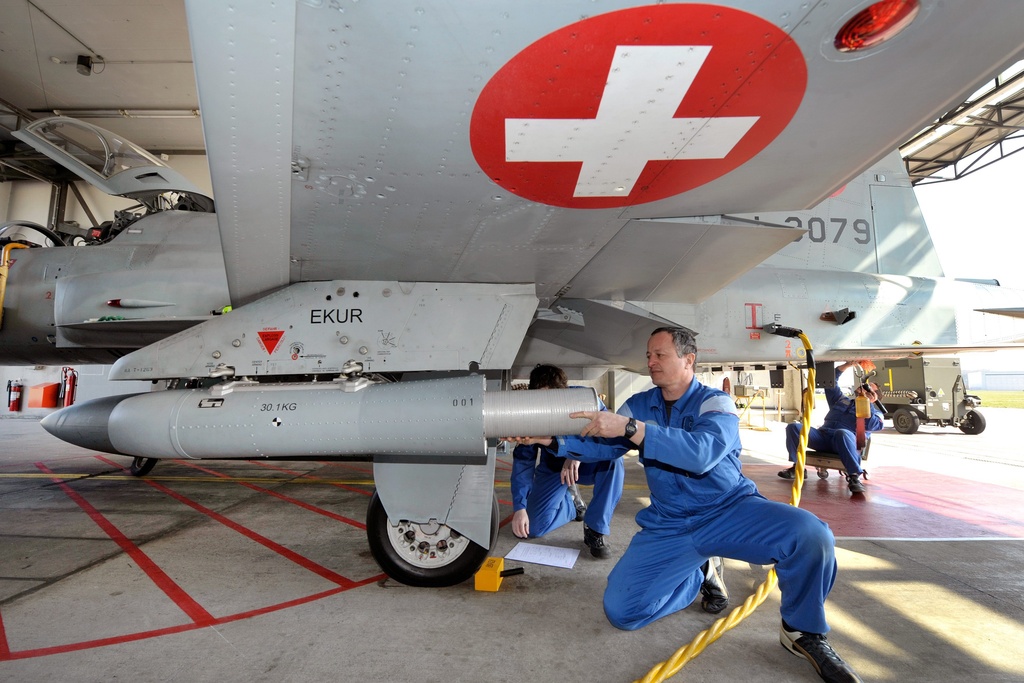
After Japan’s nuclear explosion, traces of radioactivity have been picked up in the Swiss skies, but they are relatively harmless, an expert tells swissinfo.ch.
An aircraft with radiation sensors last week performed checks at an altitude of 6,000 metres, picking up just a few traces of iodine 131 – a major radioactive hazard present in nuclear fission products.
But that’s minimal when compared with the radioactivity people are exposed to on a daily basis, says François Byrde, an expert in measuring radioactivity at the Spiez Laboratory, the government research centre dealing with hazards associated with nuclear, biological and chemical incidents.
The amount measured in air currents sweeping in from Japan’s stricken Fukushima power plant is 20,000 times below the admitted limit, according to the Federal Health Office, which says it poses no health hazard.
In Japan, engineers are struggling to gain control of the power plant which was seriously damaged by a March 11 earthquake and tsunami. The plant has emitted high levels of radiation at more than 1,000 millisieverts an hour – in contrast to the national safety standard of 250 millisieverts over a year.
swissinfo.ch: How do we monitor radioactivity in Switzerland?
François Byrde: It is usually the responsibility of the Federal Health Office, in conjunction with several federal and cantonal institutions. During a crisis, action is led by the national emergency centre and then by a government unit.
Specifically, we regularly collect and analyse food samples, soil and water. Air contamination is monitored by five ground stations and the Federal Health Office also has a filter that can be installed on an aircraft to measure radioactivity in the air at a specific altitude. That’s what we’re doing now.
Today we have incredible detection techniques: we can easily detect plutonium the size of a lump of sugar that’s been dissolved in Lake Thun, simply by analysing a litre of water.
swissinfo.ch: Long before the radiation fears in Japan, Switzerland was affected by the 1986 Chernobyl disaster and the nuclear tests of the 1960s. Is radiation from these situations no longer a concern?
F.B.: These events spread radioactive isotopes such as iodine 131, cesium 137, strontium 90 and plutonium 239. For example, after the Chernobyl disaster, a quantity of iodine 131 – about the volume of a pack of cigarettes – was detected in Switzerland.
Apart from iodine 131 – which because of its short life span has now disappeared – these substances are still detectable in tiny amounts in our environment and our food. All these isotopes are monitored by the Federal Health Office, which publishes the results in its annual report.
That said, less than two per cent of the average dose of radiation to which people are subjected in the atmosphere comes from nuclear testing, from Chernobyl and nuclear power, even though this percentage may be higher in regions where significant radioactive traces have been found, like Ticino after Chernobyl.
For humans, this two per cent is not dangerous. It represents on average a dose of less than 0.1 millisieverts per year. And the ordinary level to which we are exposed is about 5 mSv/year. [Switzerland considers 20 mSv/year as the legally permissible dose.]
swissinfo.ch: So what are these natural sources of radiation we are exposed to on a daily basis?
F.B.: First of all there is land radiation due to radioactive chains of isotopes of uranium and thorium. Radon, an element of the uranium 238 chain, is a rare radioactive gas, which can be very harmful if inhaled. For example, in a house built on a ground full of uranium, a non-insulated basement can draw up radon throughout the entire building. In Switzerland, radon monitoring is done by the Federal Health Office.
We are also exposed to natural radiation in our bodies, which contain, among others, about 50 bequerel/kg of potassium 40.
There is also cosmic radiation, weak on the ground but much stronger at high altitudes. So a flight crew working 20 hours a week at an altitude above 8,000 metres, are exposed to about 1 mSv/year.
Lastly, medical treatment can also lead to particularly high radiation doses. But in this case, it must be weighed up against the risk of not being treated.
swissinfo.ch: Is natural or man-made radioactivity always harmful to the body?
F.B.: Potentially yes, to a certain degree. It’s the dose that’s poisonous.
Iodine 131 and strontium 90 are fission products originating from nuclear reactors or atomic bombs. When ingested or inhaled, the former can cause major damage to the thyroid, where it can bind itself. Hence the need for people who have been exposed to take non-radioactive iodine pills to saturate the body and so prevent radioactive iodine 131 from sticking.
Strontium 90 is also bad if ingested because it attaches itself to the bone. It is a fission product arising from nuclear tests in the atmosphere and from Chernobyl.
Thorium and uranium are from natural radioactivity. But they are still harmful.
The Fukushima Daiichi nuclear power plant, 240km north of Tokyo, was seriously damaged by the March 11 earthquake and tsunami. It has been described as the world’s worst nuclear crisis since the 1986 Chernobyl accident.
Two of the six reactors at the plant, operated by Tokyo Electric Power Co, are considered stable but the other four are volatile.
Workers are struggling to restart the cooling pumps in four reactors that were damaged by earthquake and tsunami and later doused with seawater.
The immediate challenge is to pump out radioactive water flooding the reactor basements.
The No.2 reactor is emitting high levels of radiation at more than 1,000 millisieverts an hour in both the water and air in the basement of the turbine building. The national safety standard is 250 millisieverts over a year.
Once the pumps and the residual heat removal systems are running, it would take only a couple of days to bring the reactors to a cold shutdown.
Because of the high levels of radiation in the water, experts suspect damage to the pressure vessel around the No.2 reactor core, as well as in valves and pipes leading out from the containment structure. They say it may take months to bring that reactor to a cold shutdown.
The main risk comes from the radiation that will continue to seep, or burst out each time a pipe leaks or rising pressure forces workers to vent steam. Leaking water from within the nuclear pressure vessels could enter the soil and the ocean, while spikes in radiation could contaminate crops over a wide area.
Swiss tests carried out in the past week picked up 140 microbecquerels per cubic metre (mBq/m3). The maximum limit is 3 million mBq/m3.
By comparison, after Chernobyl, levels on the ground reached 5 million mBq/m3.
There is therefore no health risks, said Werner Zeller, head of the radiation division at the Federal Health Office.
(Translated from French by Jessica Dacey)

In compliance with the JTI standards
More: SWI swissinfo.ch certified by the Journalism Trust Initiative
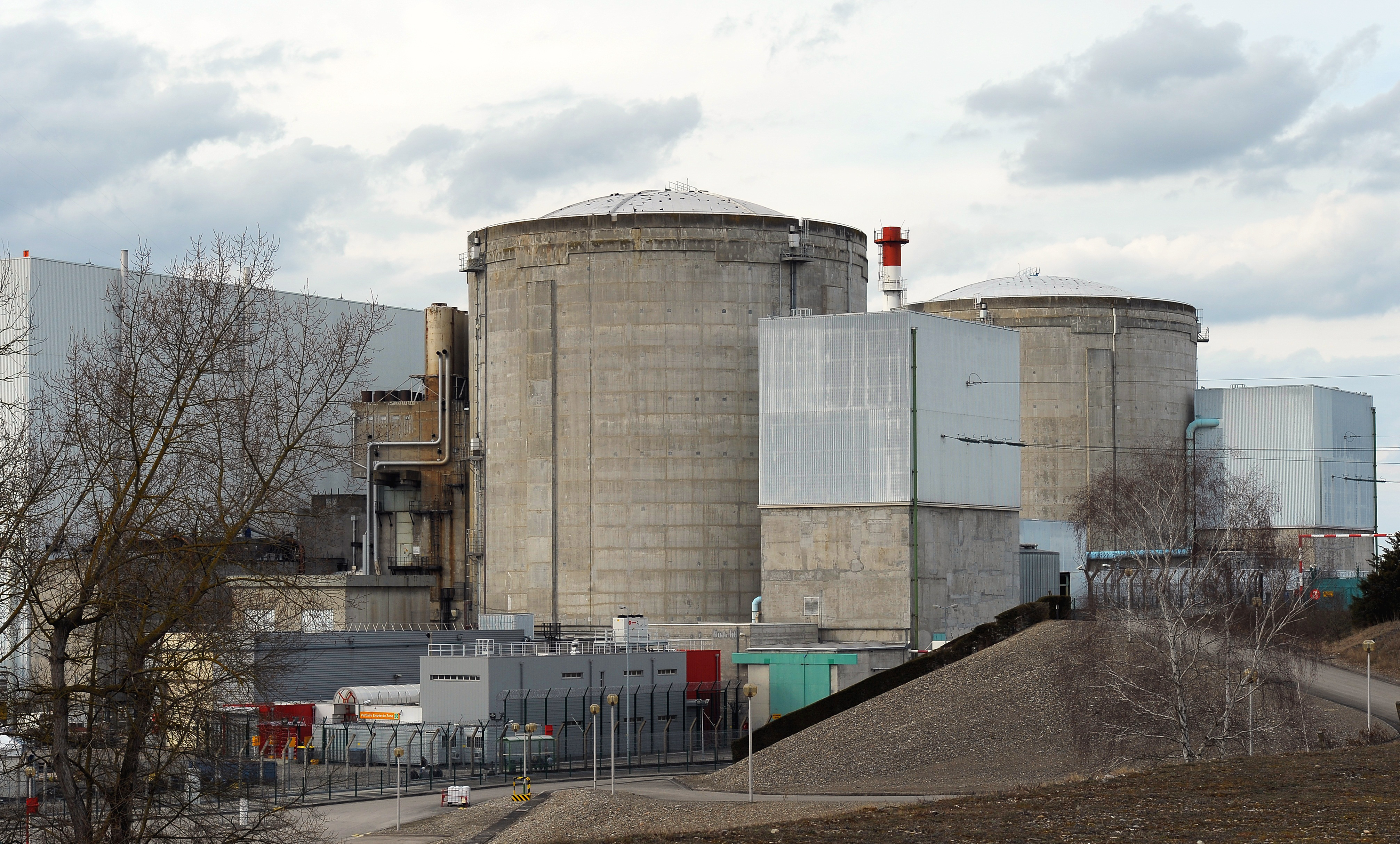
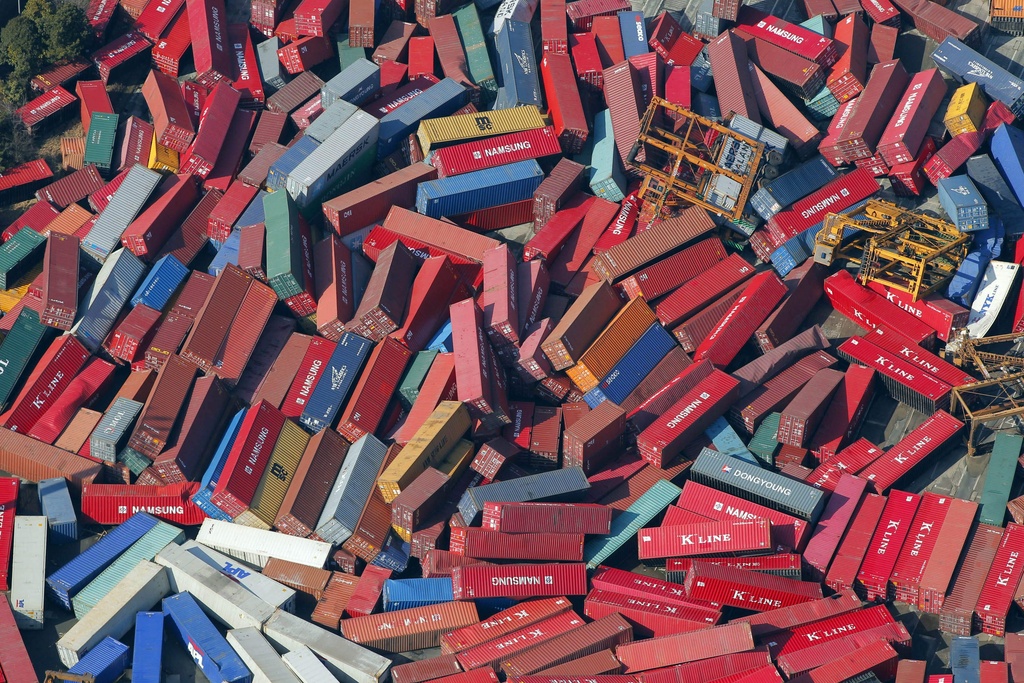
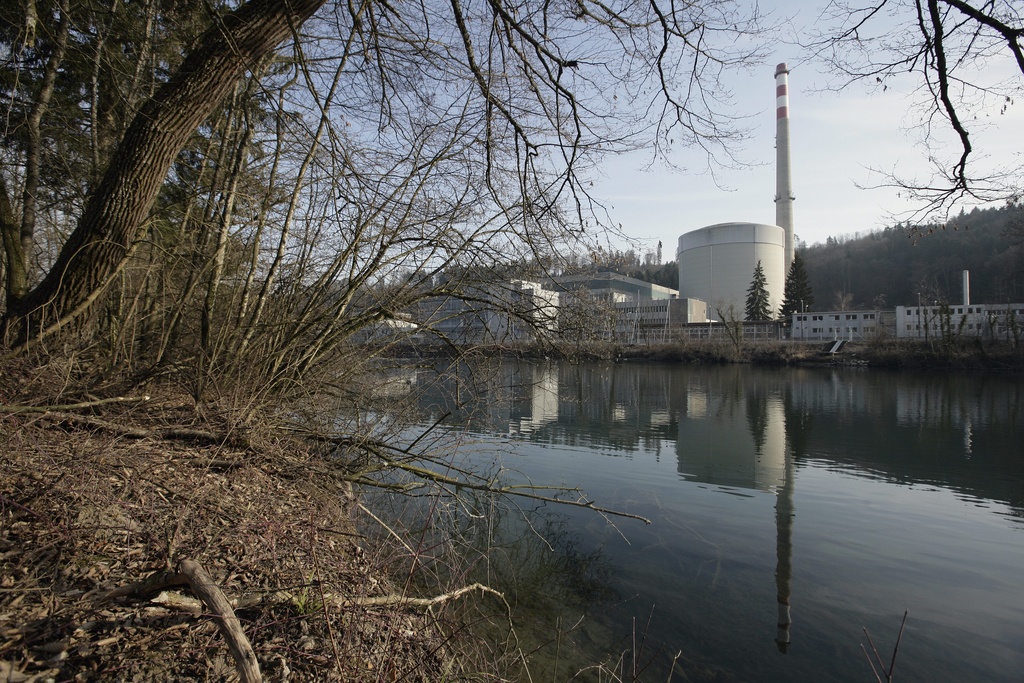
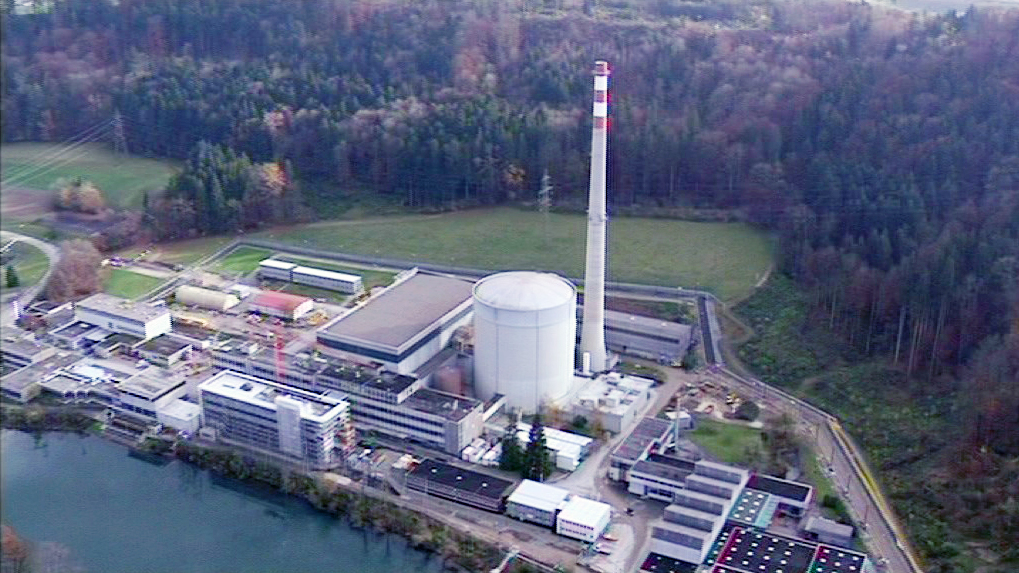
You can find an overview of ongoing debates with our journalists here. Please join us!
If you want to start a conversation about a topic raised in this article or want to report factual errors, email us at english@swissinfo.ch.